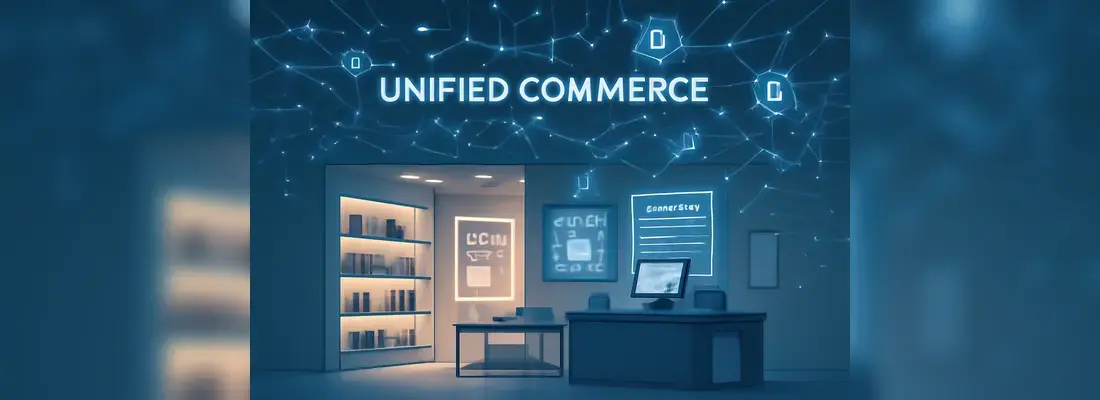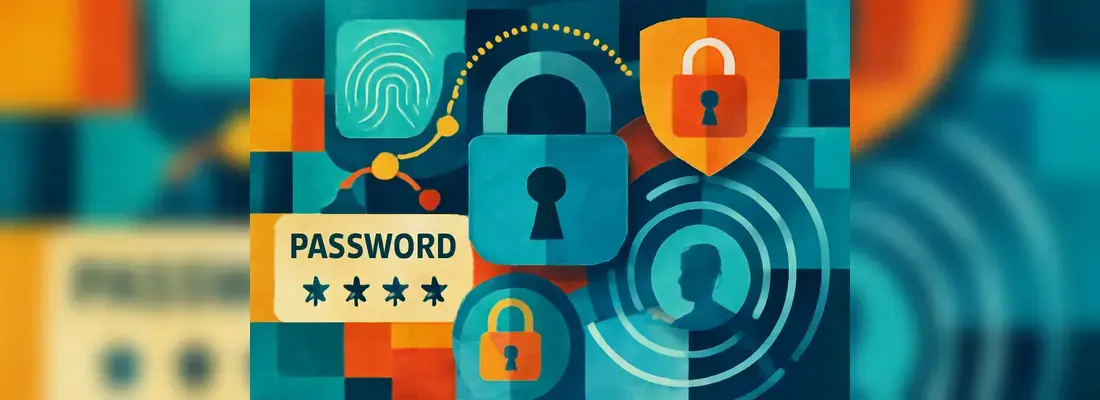Next-Gen Cyber Incident Response: Automation and Orchestration
Date: 30 January 2024
.webp?width=1170&name=139618560_m_normal_none%20(1).webp)
If you take a look at the recent cyber-attacks and ransomware attacks in the last three months, you’ll know that NOBODY is immune to them. You could be the biggest name in your industry and you could still be compromised by an advanced hacker. The only real protection today is to have an irontight Cyber Incident Response strategy which can help you minimise the damage when you’re under attack.
In this blog, we cover:
- The role of Automation in Cyber Incident Response
- The role of Orchestration in Cyber Incident Response
- Integration of Automation & Orchestration for Effective Response
Cyber Security Incident Response helps ensure that when you’re hit with a sophisticated cyber crime, you’re able to bounce back with minimal disruption to your operations. Good cyber incident plans also ensure you experience least possible financial losses and no significant fines or penalties from the legal and compliance angle.
For effectively responding to a cyber-attack or data breach, nothing replaces a well-thought out and effective cybersecurity incident response plan. The next thing to do is to rehearse this plan to weed out all gaps and vulnerabilities with regular cyber crisis tabletop exercises.
While we always recommend our clients to hire experienced external facilitators for conducting their cyber attack tabletop exercises, we have created a whole host of resources for those who wish to conduct the exercise internally. You can check out our expert-led training on cyber crisis tabletop exercises or download any of these FREE resources created by the world’s #1 cyber drill facilitator:
- Top Incident Response Scenarios Tabletop Scenarios
- Cyber Tabletop Exercise Template
- Cyber Tabletop Exercise PPT
Automation in Cyber Incident Response
Once you’ve got a handle on your cybersecurity incident response plan and have put in place processes for rehearsing this regularly, you should look into automation and orchestration. These security tools help save the time of security analysts and bolster effective incident response.
Automation in the context of cyber security incident response refers to the use of technology to perform repetitive and time consuming tasks without human intervention. This includes identifying threats, categorising incidents based on severity, and initiating predefined response actions.
Let’s take a quick look at the benefits of automation in Cybersecurity Incident Response:
- Efficiency and Speed: Automation significantly reduces the time taken to detect and respond to incidents, thereby limiting potential damage. It takes away the need for human intervention for identifying anomalies and incidents.
Further, automated tools can efficiently handle a large volume of security events in real time. This scalability and speed is critical to respond to security incidents, mitigating damage from cyber attacks. - Consistency and Accuracy: Automated incident response platforms provide a consistent approach to incident handling, reducing the scope for human error. By automating repetitive and routine tasks, the chance of mistakes that can occur due to fatigue or oversight is minimised. This ensures that response actions are consistent and reliable.
- Quick Implementation: Automation of the incident response process allows for the implementation of predefined response strategies. In the event of an attack, for example, automated playbooks and systems can execute established protocols immediately, ensuring that the response is not only swift but also in accordance with best practices.
Of course, human intervention is required often during the implementation stage. Given the nature of the attack, some specific decisions and targeted response steps may have to be taken. But for more generic incidents, automation can save precious time and resources.
The Role of Orchestration in Incident Response
Orchestration in cybersecurity refers to the seamless coordination of various tools and processes to streamline the cyber incident response process. It ensures that different security systems and teams work cohesively, resulting in a more coordinated approach to cyber security incident response.
Some of the immediate benefits of Orchestration in Incident Response include:
- Enhanced Collaboration: Orchestration facilitates better communication and collaboration among different security teams and tools.
- Optimised Resource Utilisation: Orchestration enables organisations to use their cybersecurity resources more effectively. SOAR services or Security Orchestration, Automation, and Response services, such as the ones provided by GuidePoint Security, are a vital component of incident response. The element of orchestration helps ensure the right SOAR tools are deployed for appropriate tasks.
- Strategic Incident Management: Orchestration allows for a more strategic approach to incident management. It enables aligning the incident response with organisational policies and compliance requirements. This means that the Security Operations Center SOC team members can focus on higher value work. The SOAR platform can build automated workflows that require minimal human intervention on a regular basis.
Integration of Automation and Orchestration for Effective Incident Response
Cyber Criminals are increasingly using advanced technology-backed solutions to unleash more and more sophisticated attacks. It only makes sense to use the powerful combination of automation and orchestration to build up a strong defence against these attacks with enhanced incident response capabilities.
The integration of automation and orchestration leads to automated detection and an orchestrated response - both of which can result in speedy and efficient response. The quicker the detection, the faster is the decision-making process for the business leadership as well.
Further, the continuous feedback loop between automated and orchestrated processes strengthens the overall cyber defence mechanism.
Final Word
The integration of automation and orchestration for Cybersecurity Incident Response can truly redefine how modern businesses respond to cyber threats. These powerful technologies not only streamline response processes, they also enhance operational efficiencies overall.
They create an opportunity for the cybersecurity experts to focus on consistently improving their response capabilities and organisational cyber resilience by freeing up their time from labour-intensive tasks. Overall, the use of automation and orchestration can induce better proactive management of the organisational cybersecurity posture.





.webp)
.webp)
